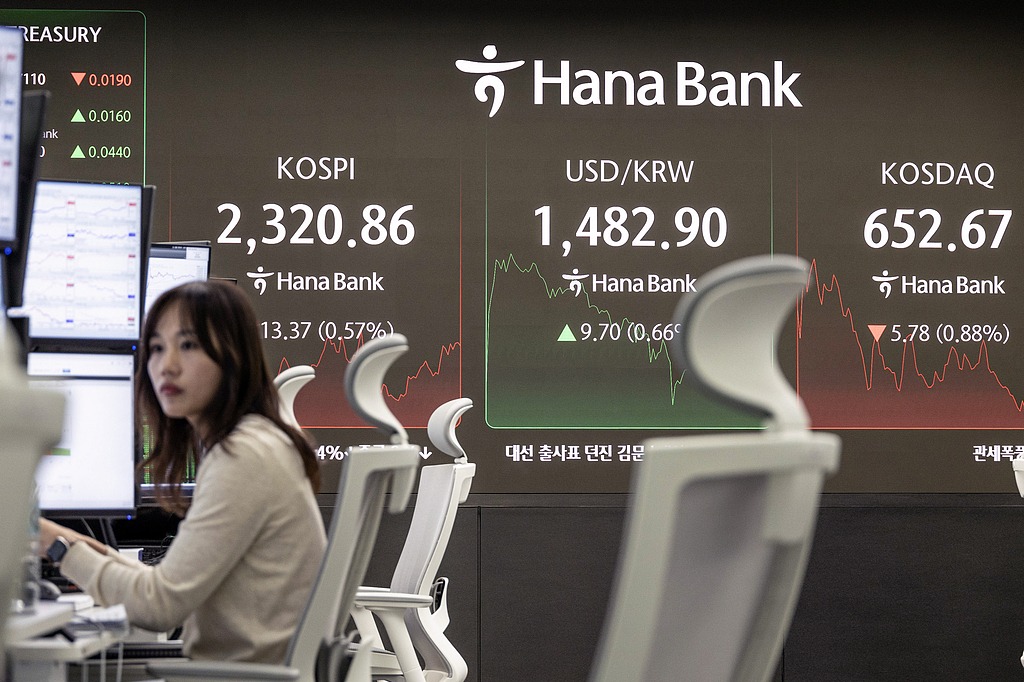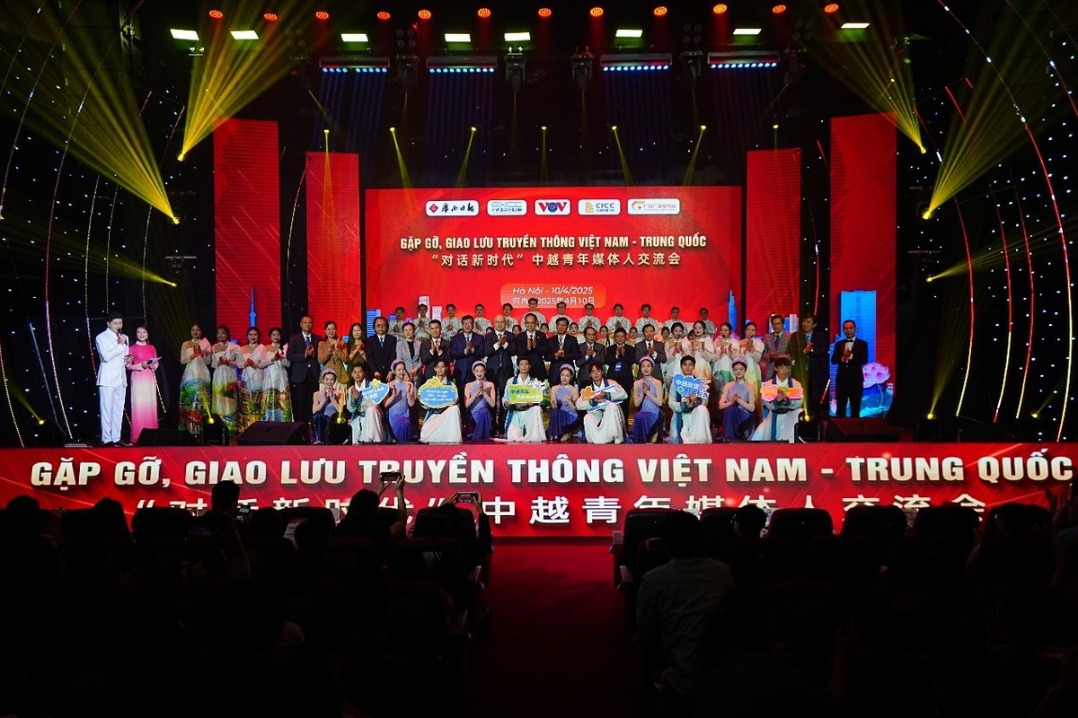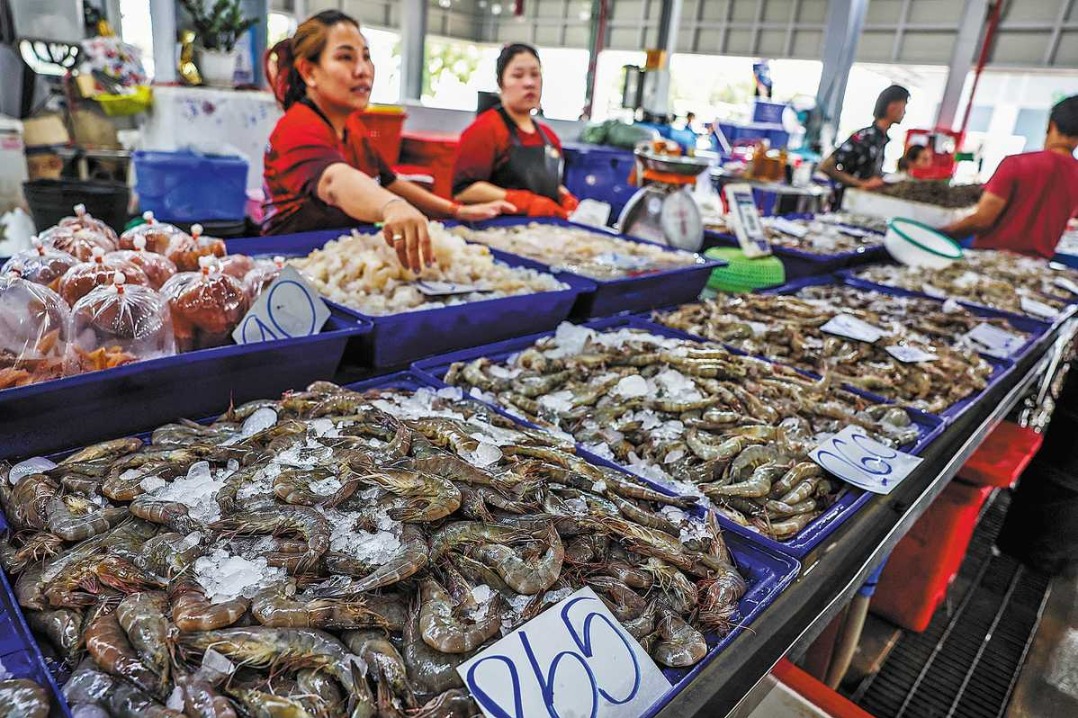Hydrogen may be key to ASEAN's green future

The Association of Southeast Asian Nations consumes 4.5 million barrels of oil every day, with more than 40 percent of the demand met by imports, according to the International Energy Agency, a Paris-based autonomous intergovernmental organization. The demand for oil mainly comes from the transportation sector, especially land transportation.
Importing fossil fuel not only increases insecurity in energy supply, but also burdens ASEAN's financial and fiscal systems. Greenhouse gas emissions and urban air quality issues add to concerns about the reliance on fossil fuel for transportation.
While ASEAN had emphasized biofuels to provide some relief from the problem, the amount of liquid fuels that can be blended with biofuels is limited. The target is to reach 20 percent of biofuel blending in fossil fuel.
Battery electric vehicles also come with limitations, including issues such as high cost and short battery life. In addition, long-term problems will stem from the limited global reserves of the key materials for manufacturing batteries and the recycling of millions of tons of used batteries.
On the other hand, hydrogen fuel cell electric vehicles offer an alternative for electrification of the road transportation sector with several advantages.
First, its energy intensity is higher than that of gasoline. Five kilograms of hydrogen can power the driving of a sedan up to 500 kilometers.
Second, refueling can be done as quickly as gasoline and diesel.
These two advantages make it especially suitable for long-distance or heavy duty trips, such as intercity buses and cargo delivery by trucks.
Third, hydrogen can be produced through various means, especially from clean and locally available sources such as solar, wind, hydropower, nuclear energy and biomass.
Fourth, hydrogen as an energy storage system is flexible in terms of scale, location and timing. It complements intermittent as well as seasonal renewable energy sources such as hydro, solar, wind and biomass.
According to estimates, ASEAN possesses 229 gigawatts of theoretical resources of wind energy, 158 GW of hydropower, 61 GW of biomass and 200 GW of geothermal. In the case of solar energy, ASEAN plans to install 55 GW by 2025, according to the International Renewable Energy Agency, an intergovernmental organization that supports countries in their transition to a sustainable energy future.
Intermittent renewables can be used to produce hydrogen, not only to serve as a zero-emission fuel to power vehicles, but also to offer long-term and large-scale energy storage and thus stabilize the power grid system.
The hydrogen supply chain and related technologies are still expensive. According to a recent study by the Indonesia-based Economic Research Institute for ASEAN and East Asia, specifically in ASEAN, the total cost of owning and driving a hydrogen-powered fuel cell vehicle is two to three times as high as a conventional gasoline or diesel vehicle, depending on the vehicle, vehicle usage and the source of hydrogen supply.
However, in line with projections about the development of hydrogen-related technologies and the economy of scale to be achieved by the industry, the institute's study found that by around 2030 the gap in costs between conventional vehicles and hydrogen-powered vehicles will largely be bridged.
Policies to encourage low-emission vehicles will add to the competitiveness of hydrogen and fuel cell electric vehicles.
Several major energy consuming countries, such as China, Germany, Japan and South Korea, now seem to have a common vision about hydrogen. These countries recently renewed their initiatives on hydrogen, while quickly moving to demonstrate early stage commercial application.
In its recently announced long-term climate change strategy, the European Union perceives hydrogen as a crucial element for building a net zero-emission energy system.
These global developments on hydrogen-focused initiatives coincide with ASEAN's announced ambition to achieve 23 percent renewable energy integration into its energy system by 2025, and even more by 2030.
If clean and green energy is a determined future for ASEAN, it is now time to seriously consider integrating hydrogen technologies in future transportation as well as power systems. This not only will give ASEAN an opportunity to leapfrog in the development of a future-oriented energy infrastructure, but will also make ASEAN a hub that caters to global supply chains for clean and green energy technologies.
The author is an energy economist at the Economic Research Institute for ASEAN and East Asia. The views do not necessarily reflect those of China Daily.
?
?
































